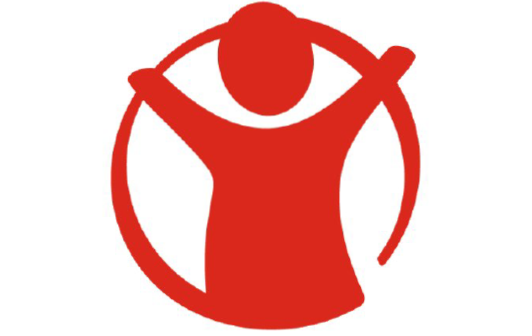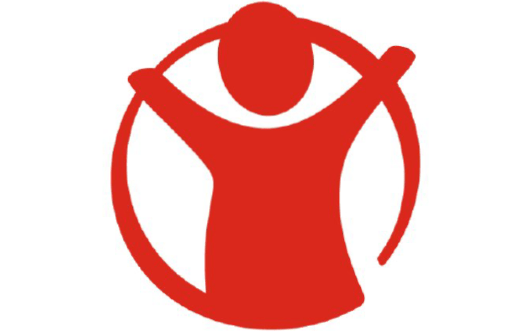
Redd Barna

Redd Barna raises more money for vulnerable children with Salesforce
When war breaks out, citizens suffer. And when the news that Syria had been invaded hit the newsstands, Redd Barna – the Norwegian branch of Save the Children – reacted quickly, launching an email and SMS fundraising campaign in just two hours. Two days later, the team had raised €320,000.
“Salesforce gives us the agility to react quickly and smartly to world events,” said Klaus Damlien, Director of Marketing and Digital Channels at Redd Barna. “In those two hours we tested the appeal, segmented our leads in Salesforce, and maximised engagement by reaching out via email and SMS.”
And with additional funds, the charity can work with hundreds of local partners on the ground to help children in besieged towns or reunite lost children with their families. Since going live with Salesforce in 2018, revenue has already increased by between 5-10% and donor retention is up by 14%.
Giving children back their childhood.
Save the Children was established to protect children’s rights in 1919. The Norwegian branch, launched in 1946, is the biggest children’s charity in Norway and in the top five for the volume of institutional and private funding it receives.
As well as working with partners abroad to promote education, health, and provide protection, the organisation also runs domestic programmes in Norway to improve children’s rights.
“Save the Children is a well-known brand, so our challenge wasn’t around raising our profile,” explained Damlien. “With the rise of digital media, we wanted to get smarter with our data and processes, and build more cross-channel efficiency. As well as other nonprofits, we see big commercial brands as competitors for people’s time and money, and wanted to ensure our marketing was just as slick and engaging. But when you don’t have a product to sell, its the donor experience that needs to really shine.”
Finding a platform to empower users.
Redd Barna wanted to modernise its marketing processes, moving away from door-to-door fundraising and mass mail-outs to a more data driven approach. And getting the organisation on-board was the first step. “We had a CRM system, but people weren’t thinking about the donor experience or how technology could improve it. They were worried about justifying a big spend on technology, but I argued how can we not justify spending on technology that will improve our efficiency?” recalled Damlien.

“When I looked into migrating to a new platform, Salesforce was clearly the big star of CRM, and we wanted to be part of that community rather than outside of it. Salesforce is a cool brand, and so innovative: I know the platform will be capable of amazing things ten years from now,” he continued.
Since deploying Salesforce with help from implementation partner, Capgemini, the nonprofit has empowered its CRM and marketing teams across five regions with a platform that’s user friendly and automates a significant number of manual tasks.
The marketing team, who work on both communications and acquisitions, can also set up their own personal campaign dashboards to see the impact of projects that they’ve worked on. Giving staff a deeper understanding of the capabilities of the technology they’re using has helped improve job satisfaction and made the workplace more enjoyable.
Getting personal with stakeholders.
With 5,000 members and 98,000 donors, batch communication is not an option. Salesforce tags every contact so the team can see how they’re involved with the organisation and ensure communications are consistent and relevant.
Salesforce gives the organisation a 360-degree view of donors and members, including the insight to help it collect and analyse data in the best way to improve the donor experience. To become a member, people pay an annual subscription and can be elected to a board of decision makers, meaning Redd Barna is accountable to them as well as its executives.
The solution also supports smarter donor management and makes ROI easier to measure. Currently, 70% of funding comes in from institutional donors, and 30% from private individuals and corporations, Redd Barna runs an ad during the break of a popular TV show to attract more donors. By tracking data in real time on Salesforce, it can see how many new donors have been acquired and can optimise spending by only running the campaign for as long as it’s lucrative to do so.
Before Salesforce, it would take up to a month to compile reports on acquisition, by which time the organisation might have invested more money campaigning on a channel that has a low return. “Salesforce helps us to be more agile and get smarter about how we spend our money. I’m confident that we’ll smash our growth target and reach 100,000 donors because I know what works and what doesn’t,” Damlien added.
Putting donors in control encourages greater loyalty.
Once new donors are acquired, the next step is to keep them engaged and build greater loyalty. Face-to-face interactions with a fundraiser on the street was bringing in leads and contracts, but many people stopped giving after a few months.
By reaching out to a digital audience across multiple channels, Redd Barna is encouraging donors to sign up themselves. Giving greater control to people who are already committed to helping children and want to be involved means they are more likely to be long-term donors rather than people who felt pressured to sign up on the street.
With more people signing up, the organisation is planning to use Salesforce to segment leads better and ensure each donor is getting more personalised communications on their preferred channel. It will also be able to do more testing to determine the best times to send emails and to measure the impact of various approaches – it’s already increased direct response to outgoing activities by 13%.
Joining more processes with smart integrations.
Redd Barna has integrated a number of systems with Salesforce to further automate and streamline key processes. For example, its integration with Agresso (ERP) automatically imports bank data into Salesforce, which reduces the risks of human error and gives the team a more accurate picture of fundraising activities.
Meanwhile, its donor recruitment app has a two-way integration that enables the team to create contracts in Salesforce and replaces a complex and time-consuming process. The manual workload has been reduced by 75%, and the first payment rate is up by 50%.
A further integration with SMS Vianett logs SMS and push notifications sent to donors in Salesforce to track responses in real time and enable the team to adjust processes in line with donor engagement. Data is captured in user-friendly dashboards to demonstrate performance to the wider team, and the app frees up a significant amount of time that the organisation can use to focus on more valuable activities.
“We’re just at the beginning of our Salesforce journey. We’re planning to roll out marketing automation this year to help us become more donor-centric and better understand our supporters. We always want to look into analytics to source more opportunities to increase revenue too,” said Damlien. “It’s such an easy platform to learn, even a non-techy person like me can quickly pick up new skills and pass them on to the team.”
Ultimately, building loyalty and boosting engagement with donors means it takes fewer resources to bring more funds in, which will give the organisation the flexibility to develop better programmes to support vulnerable children.